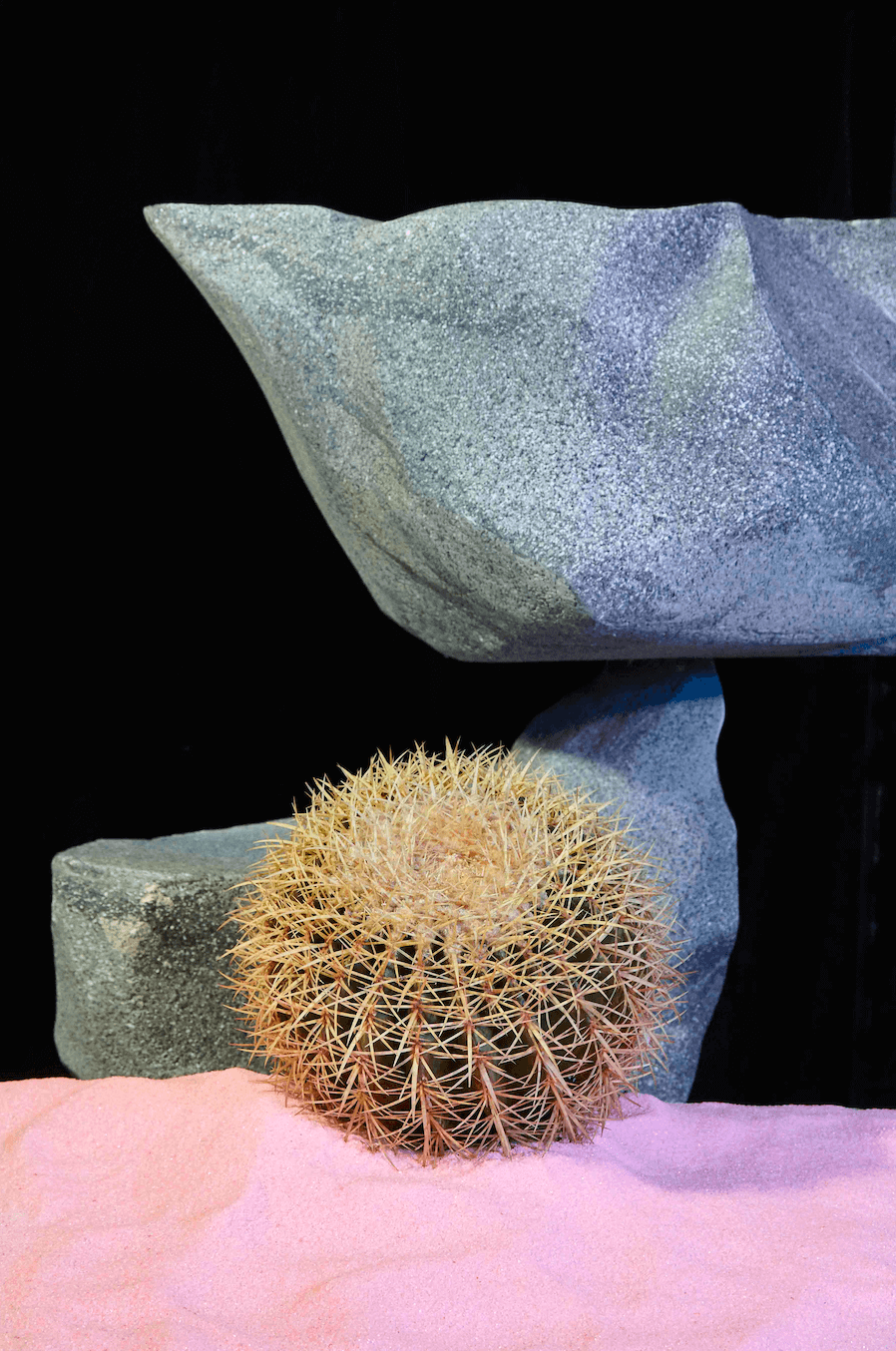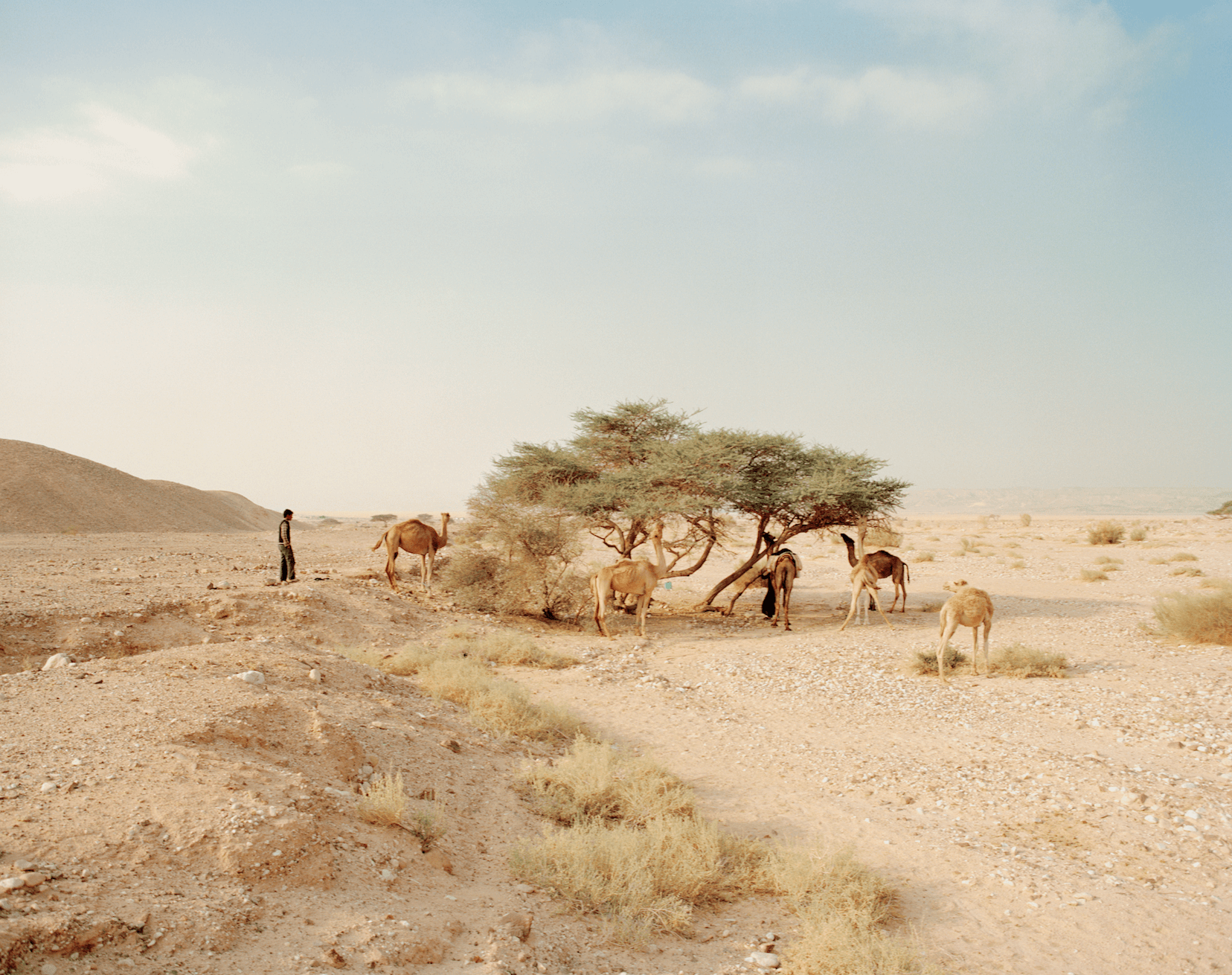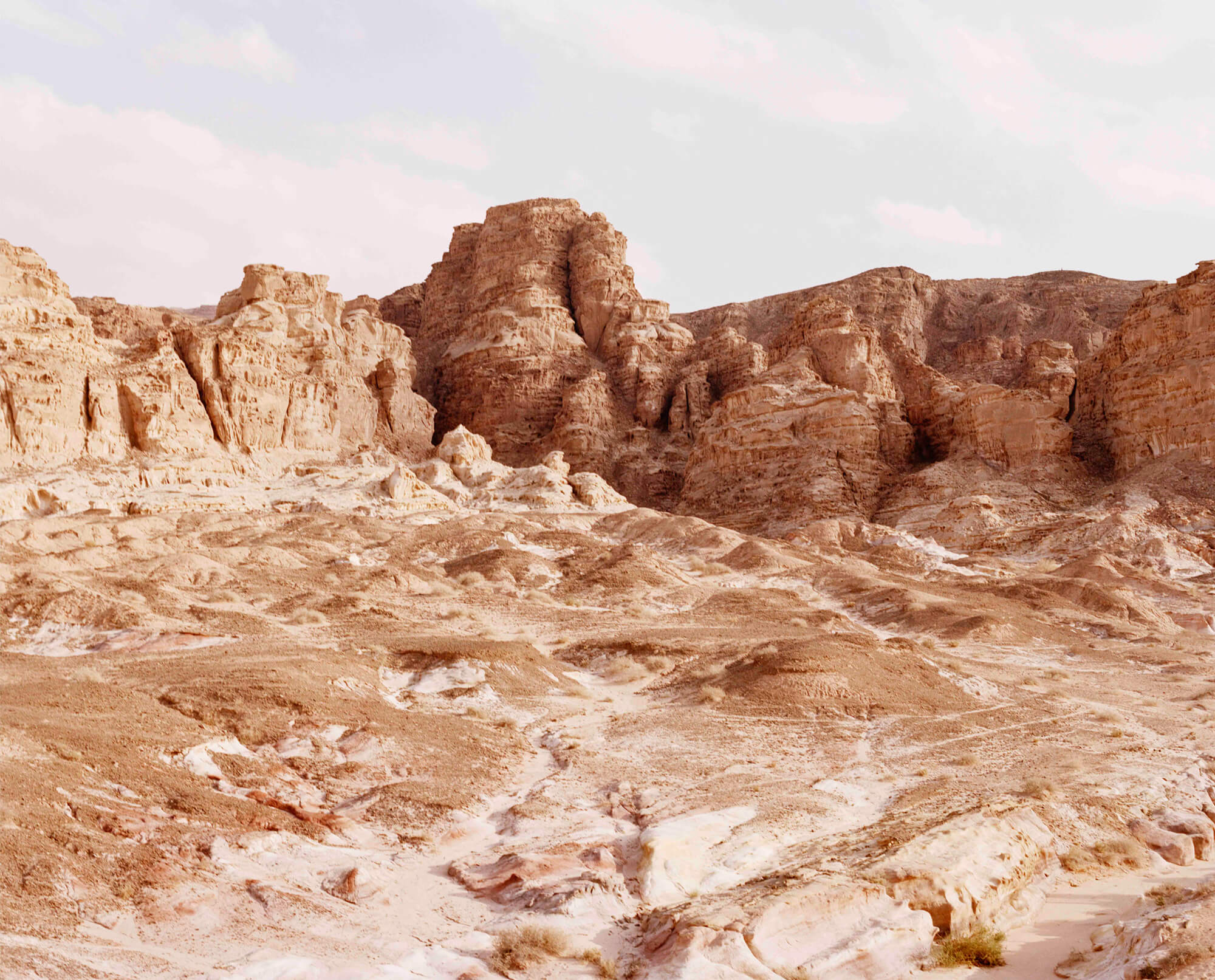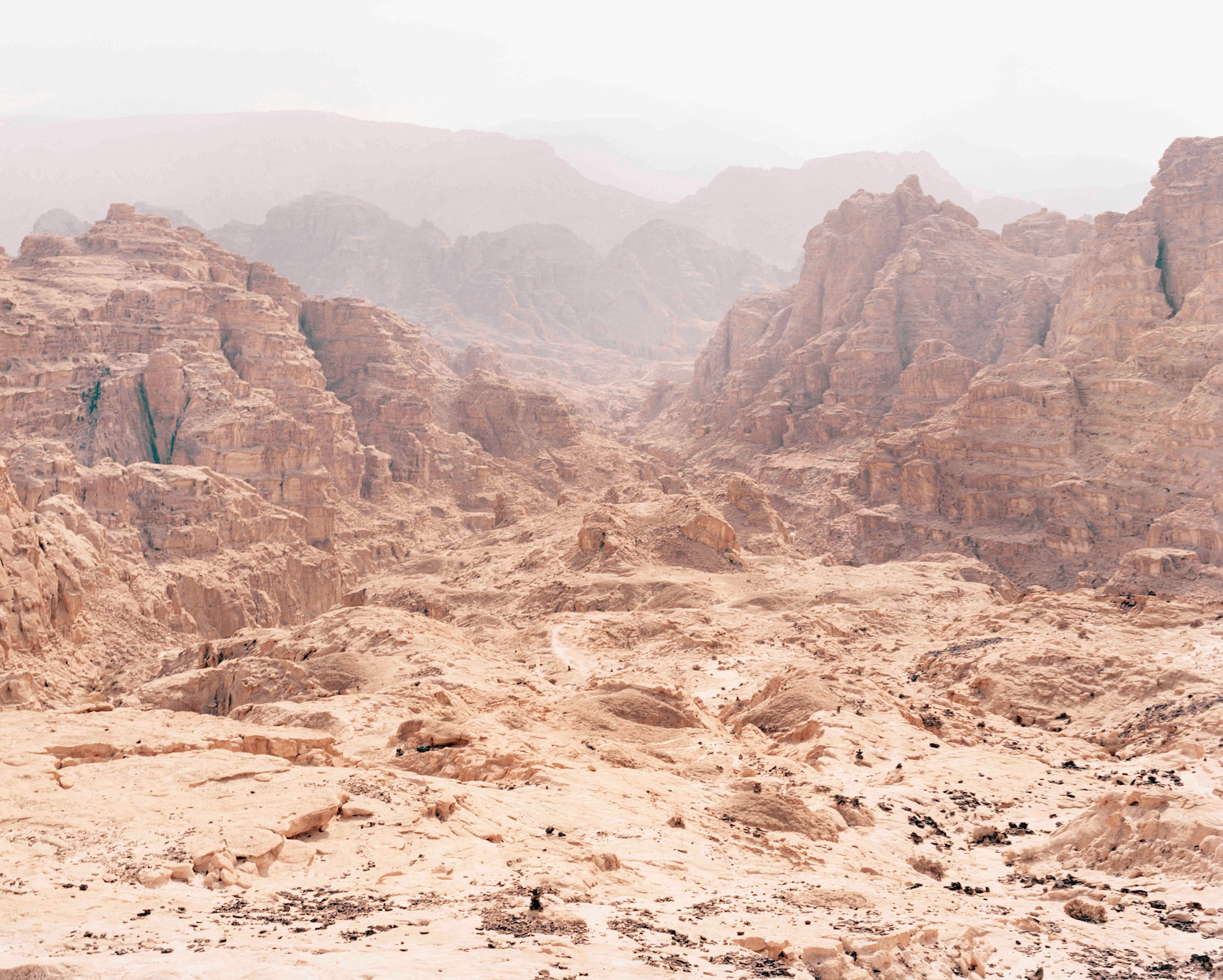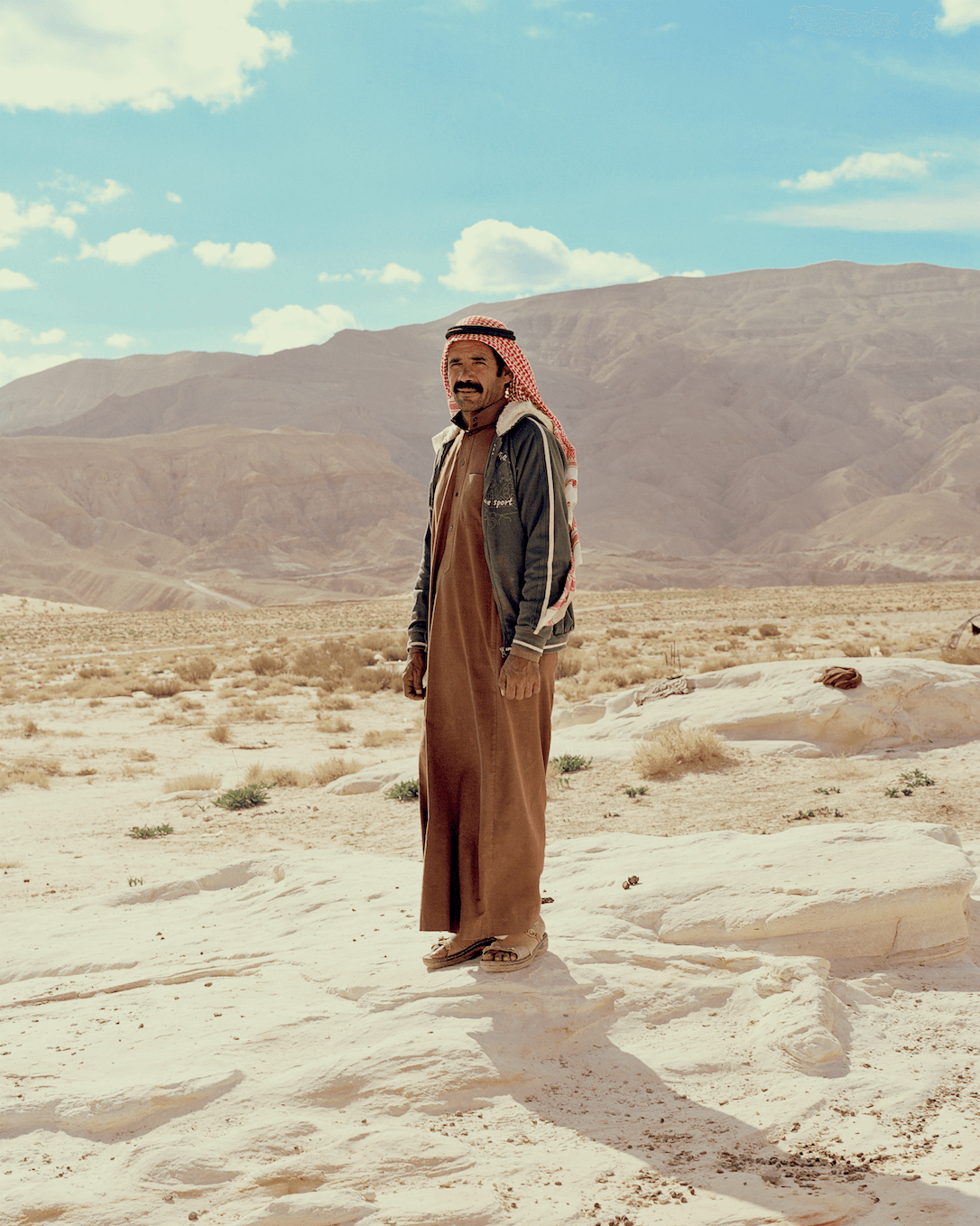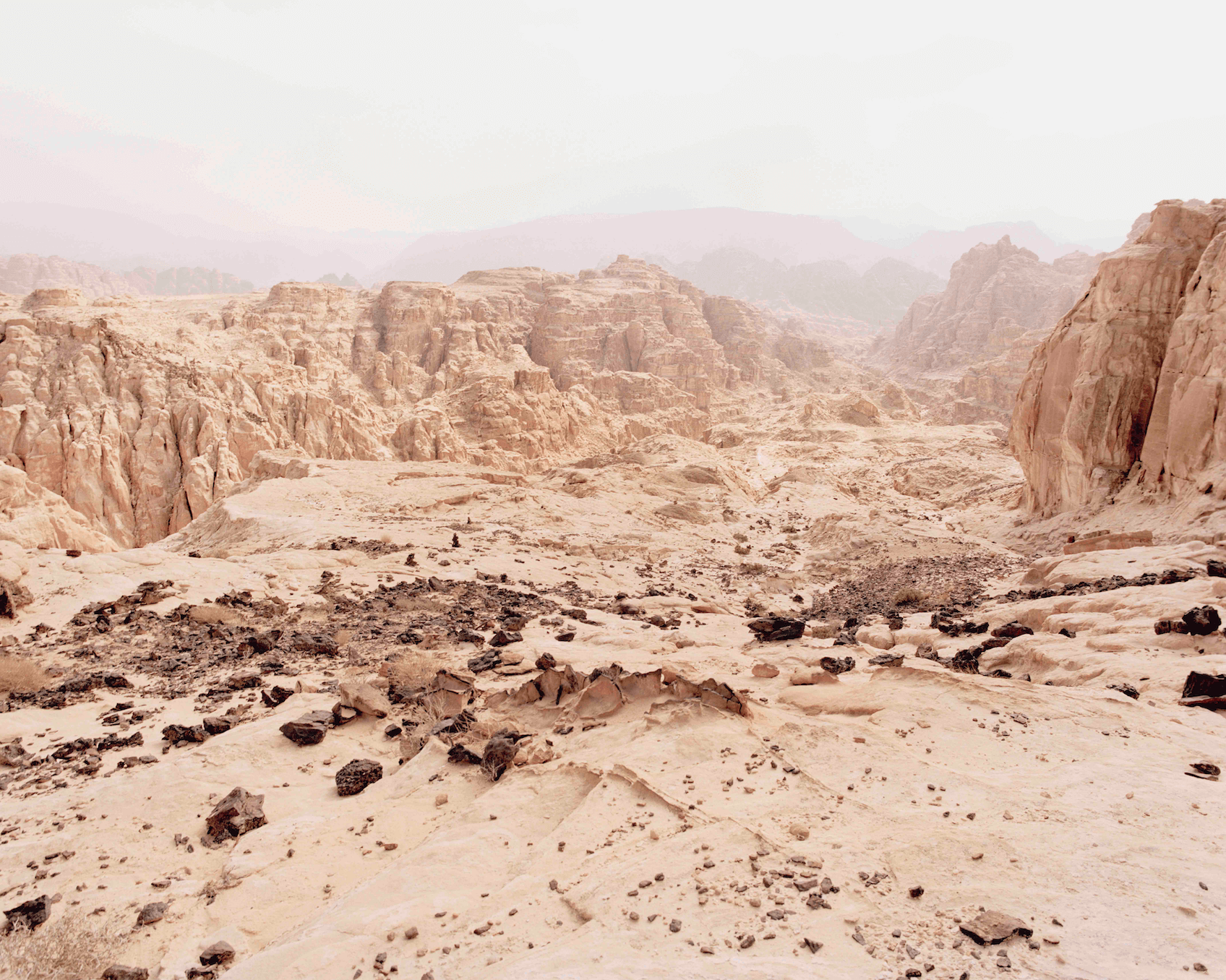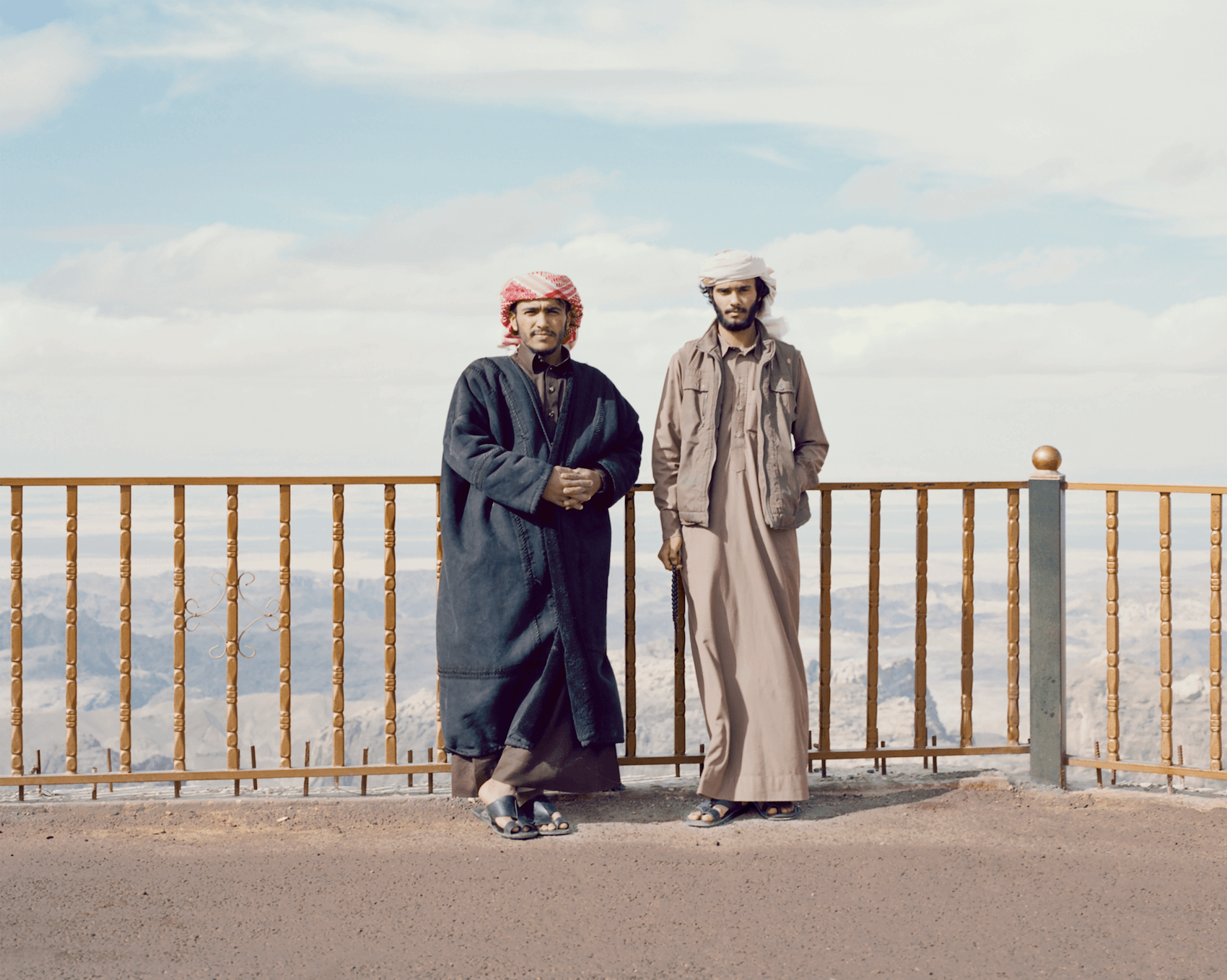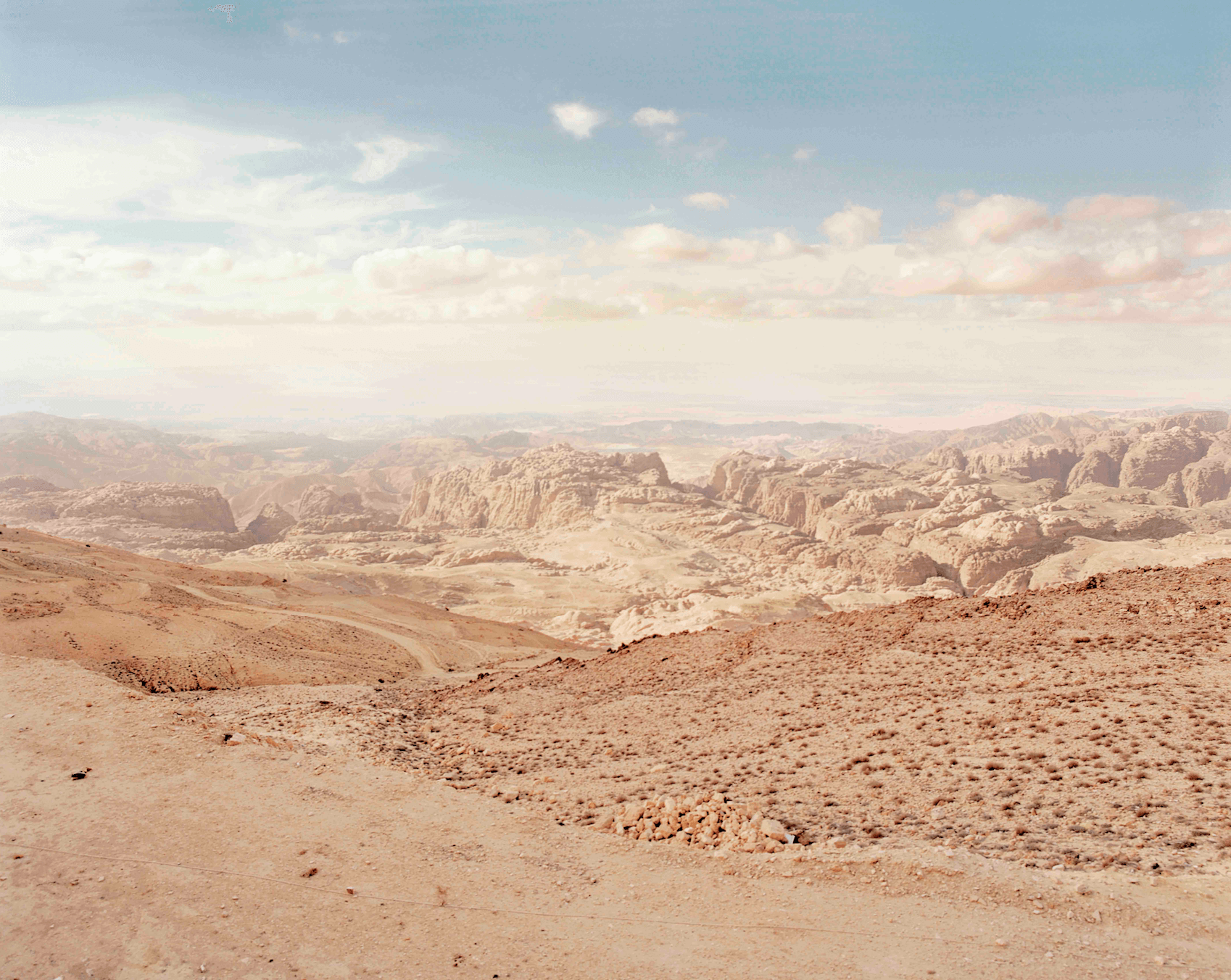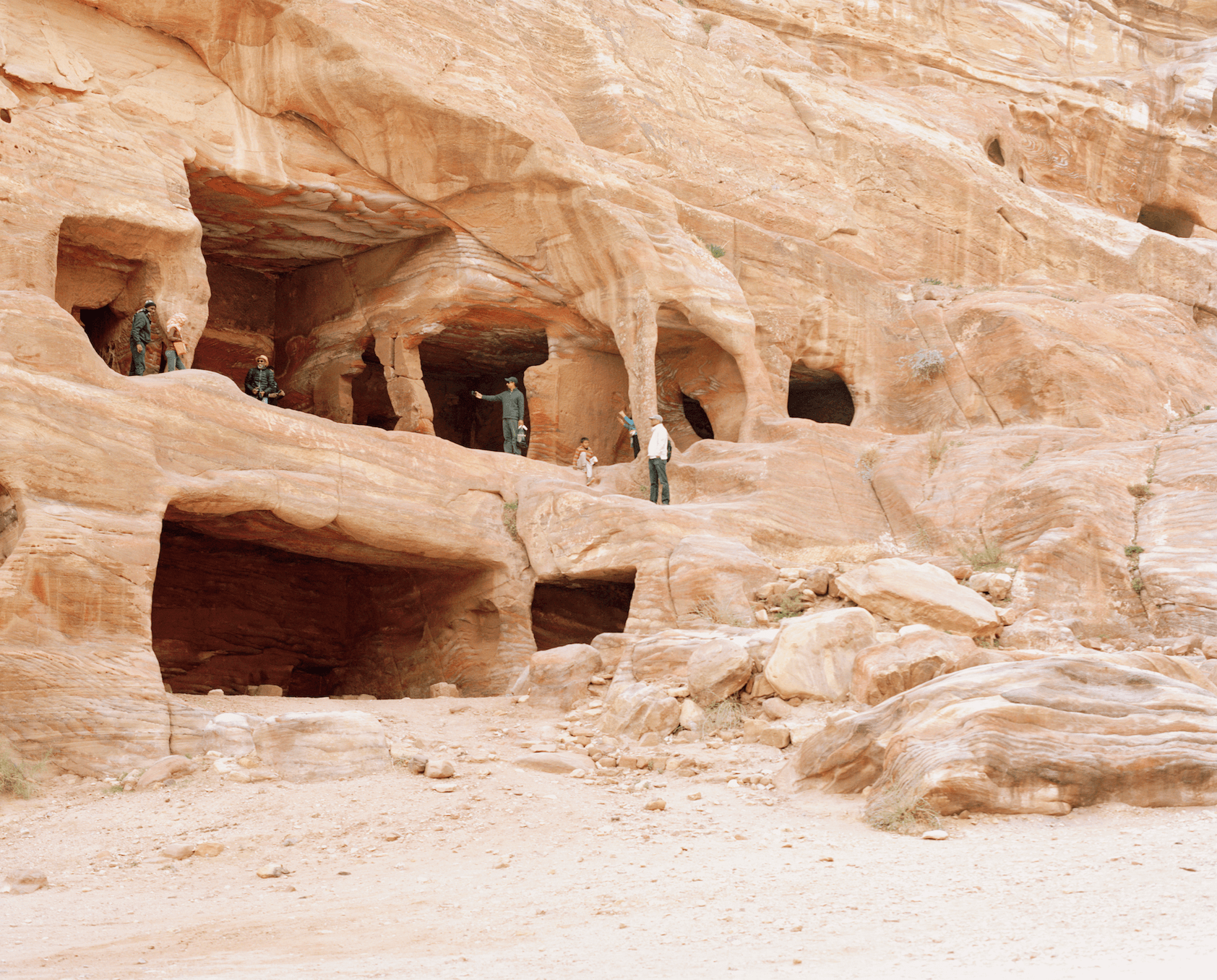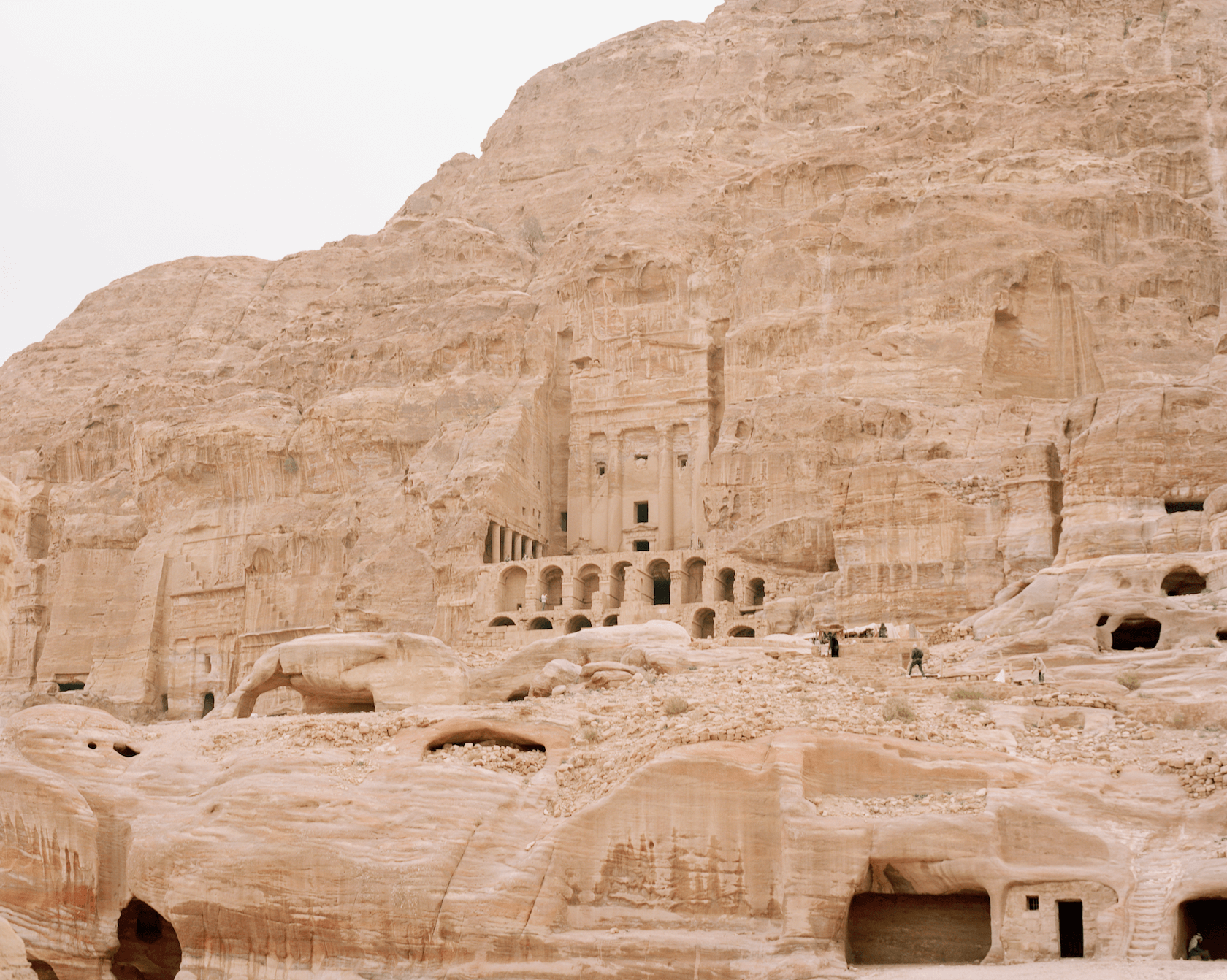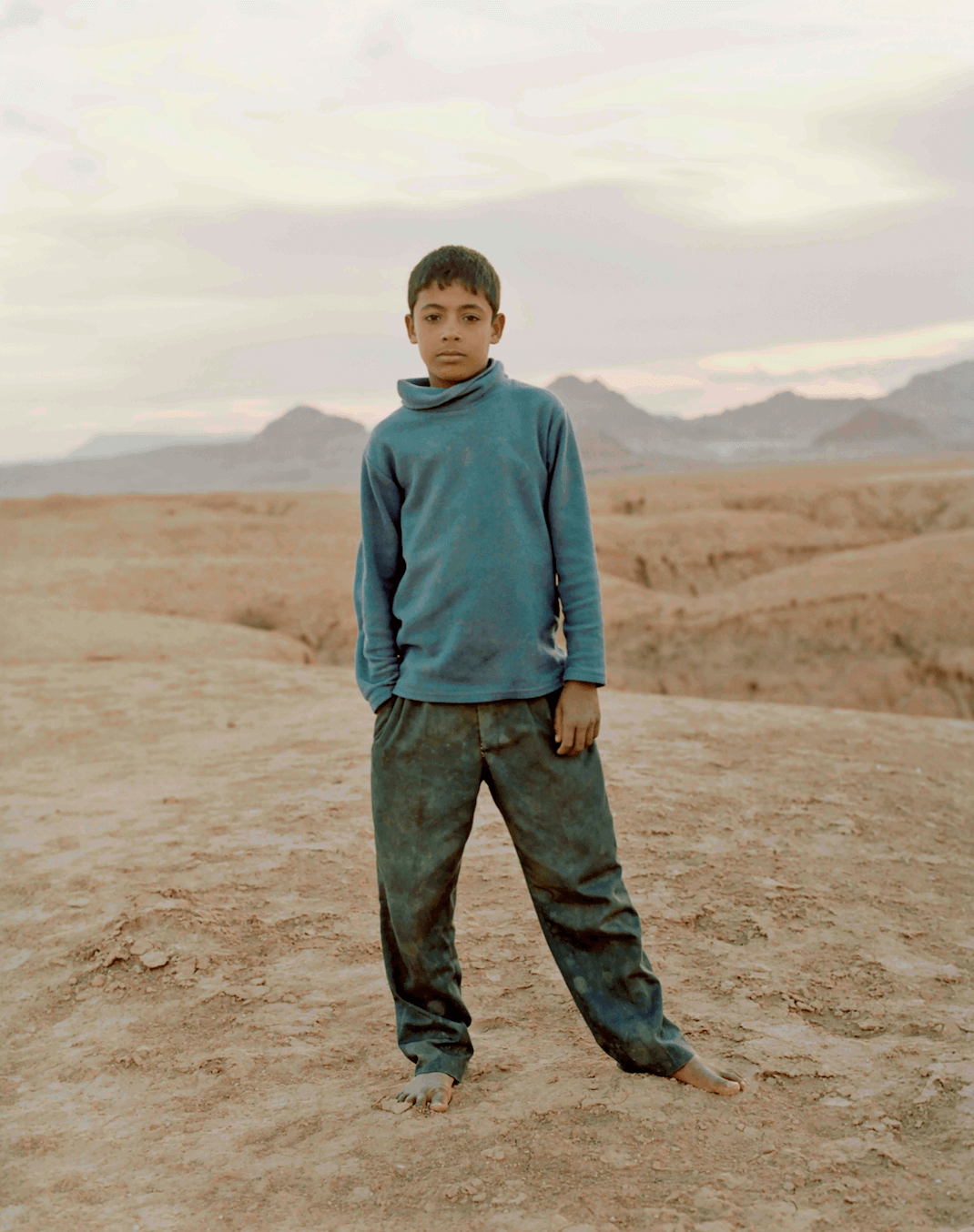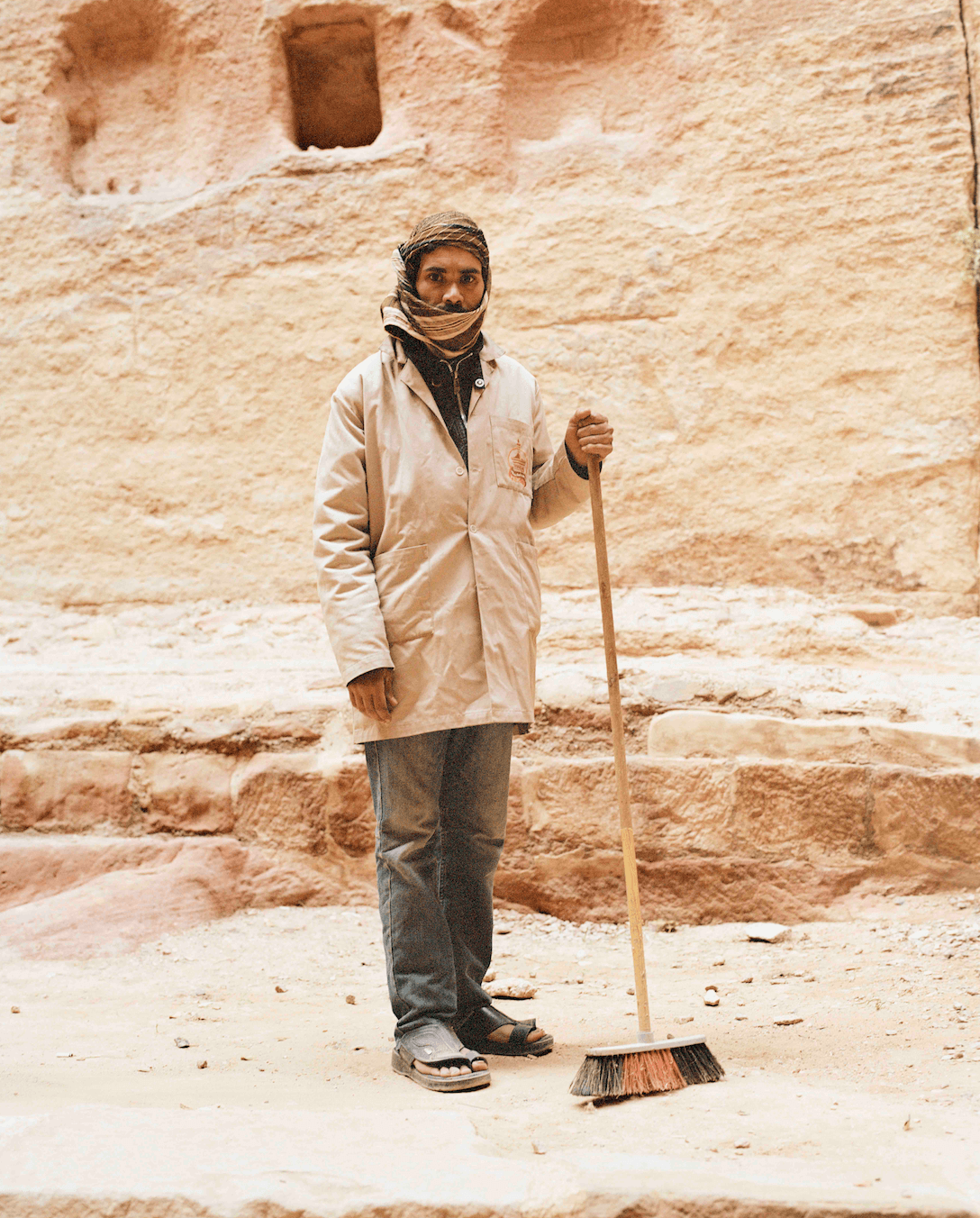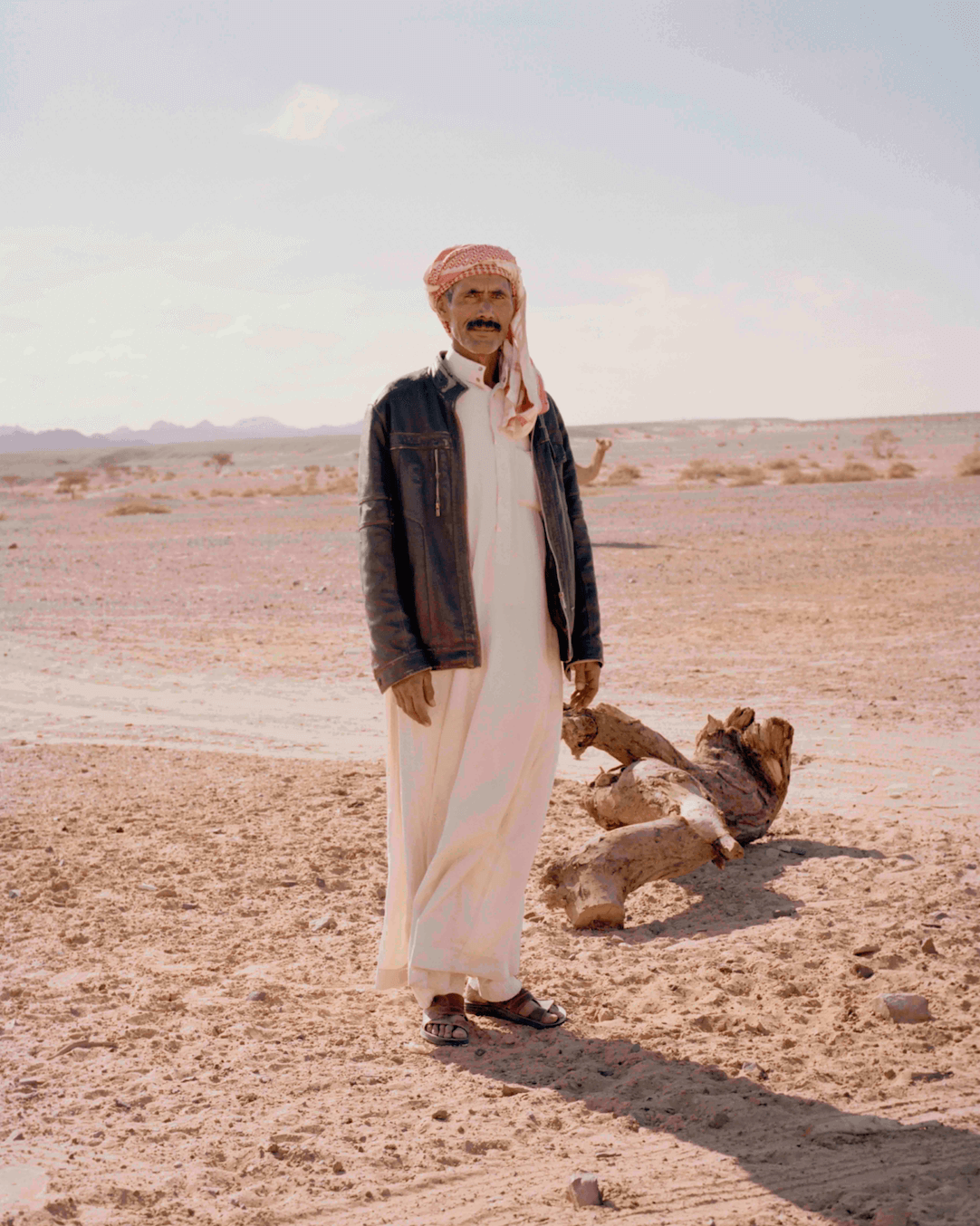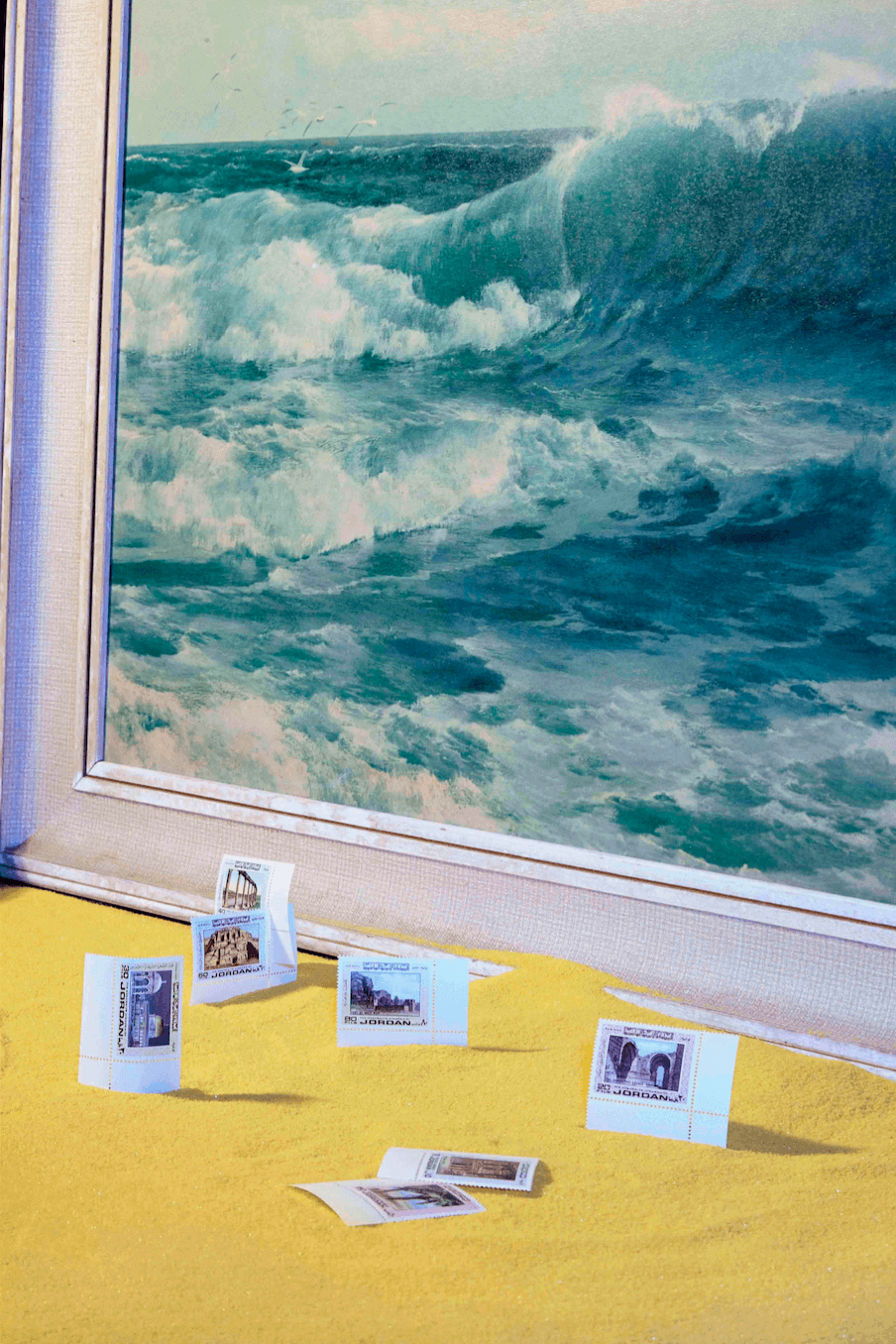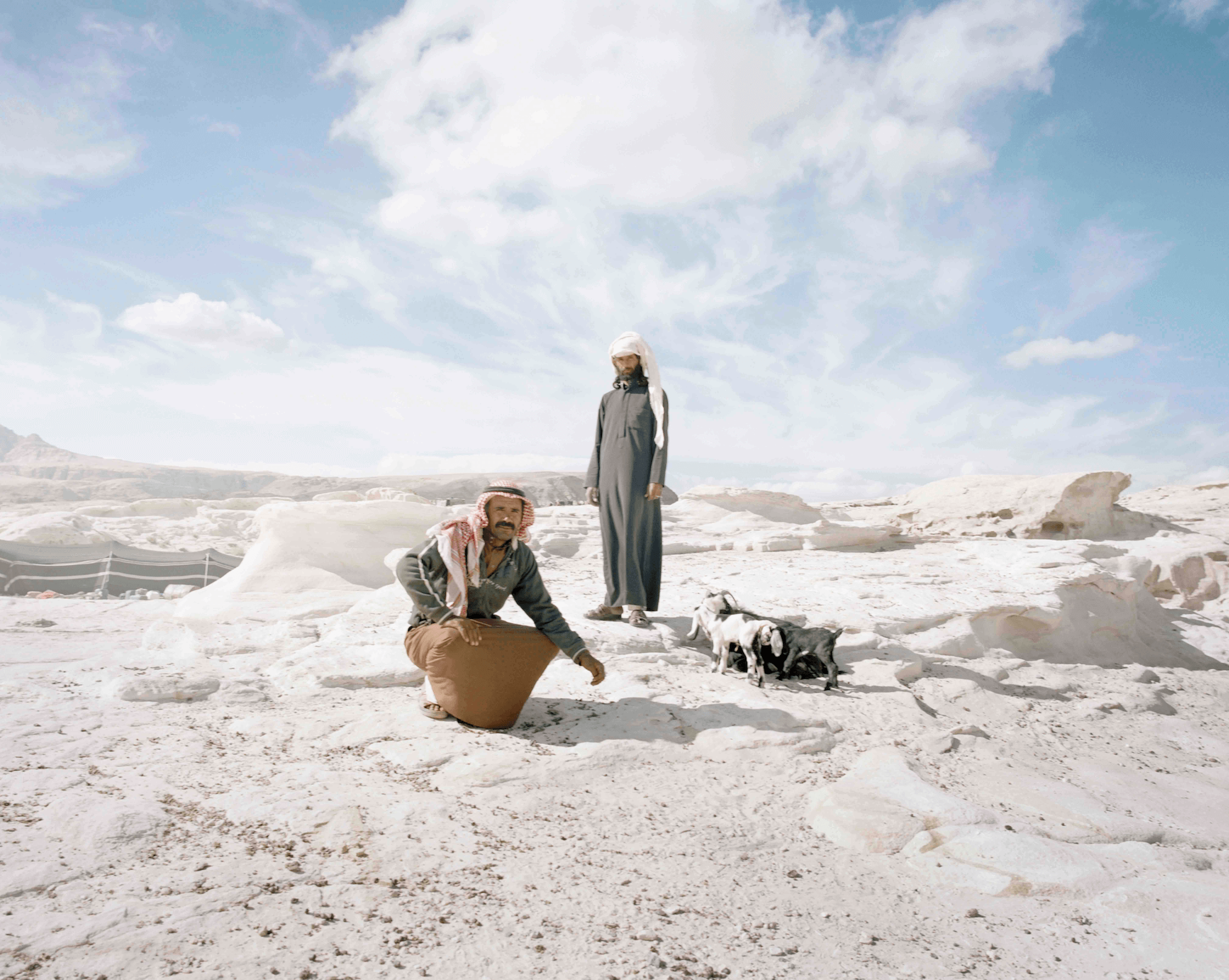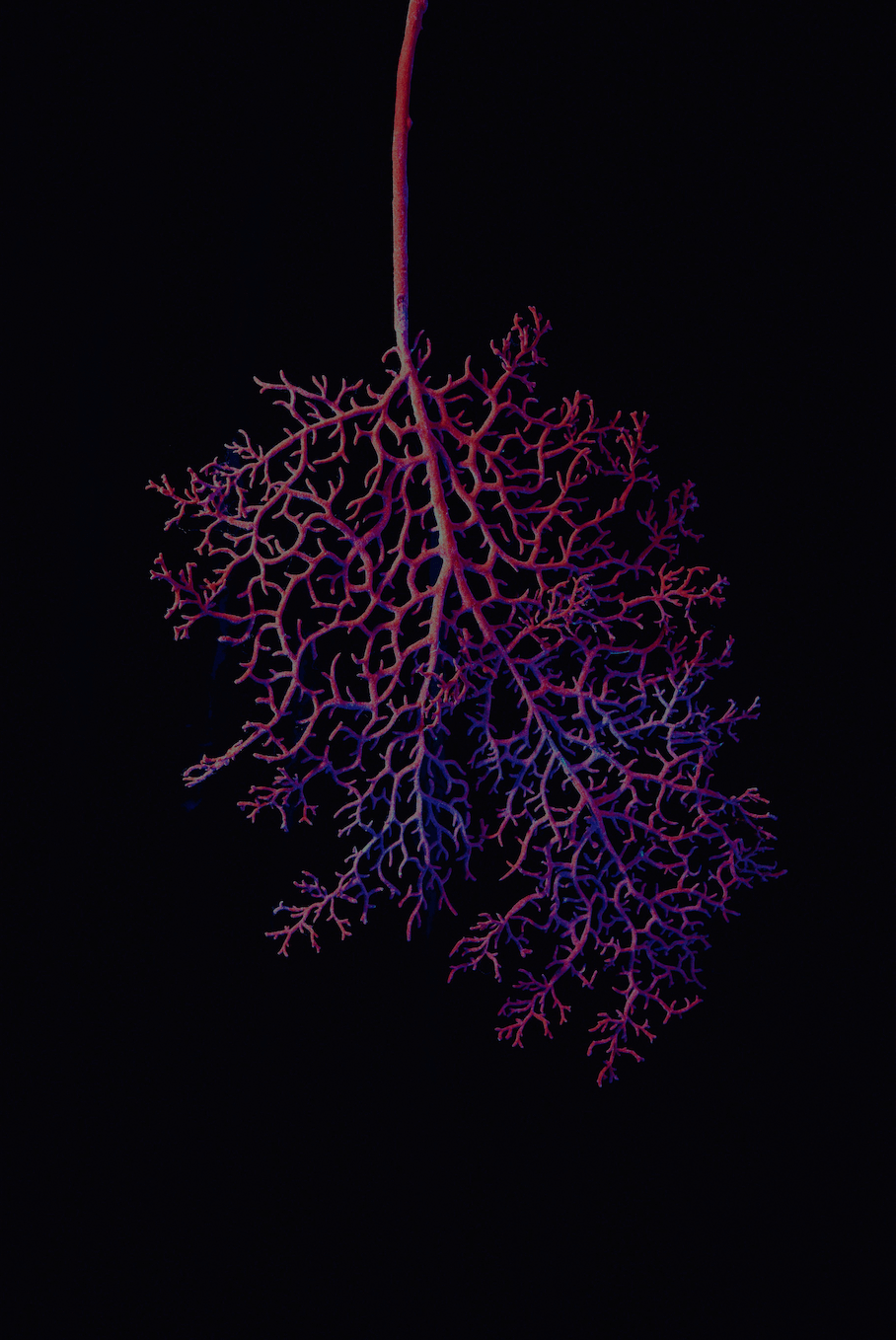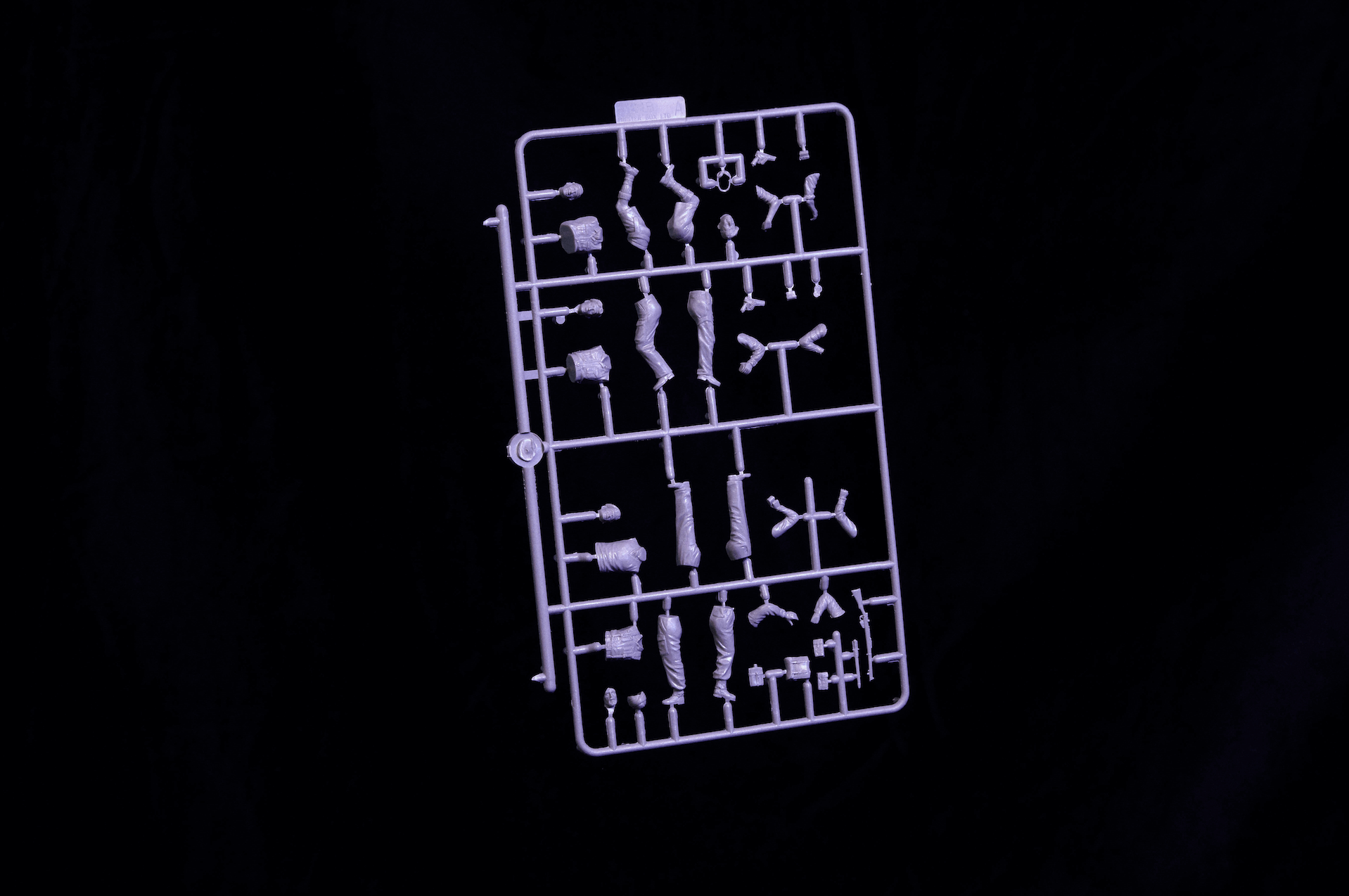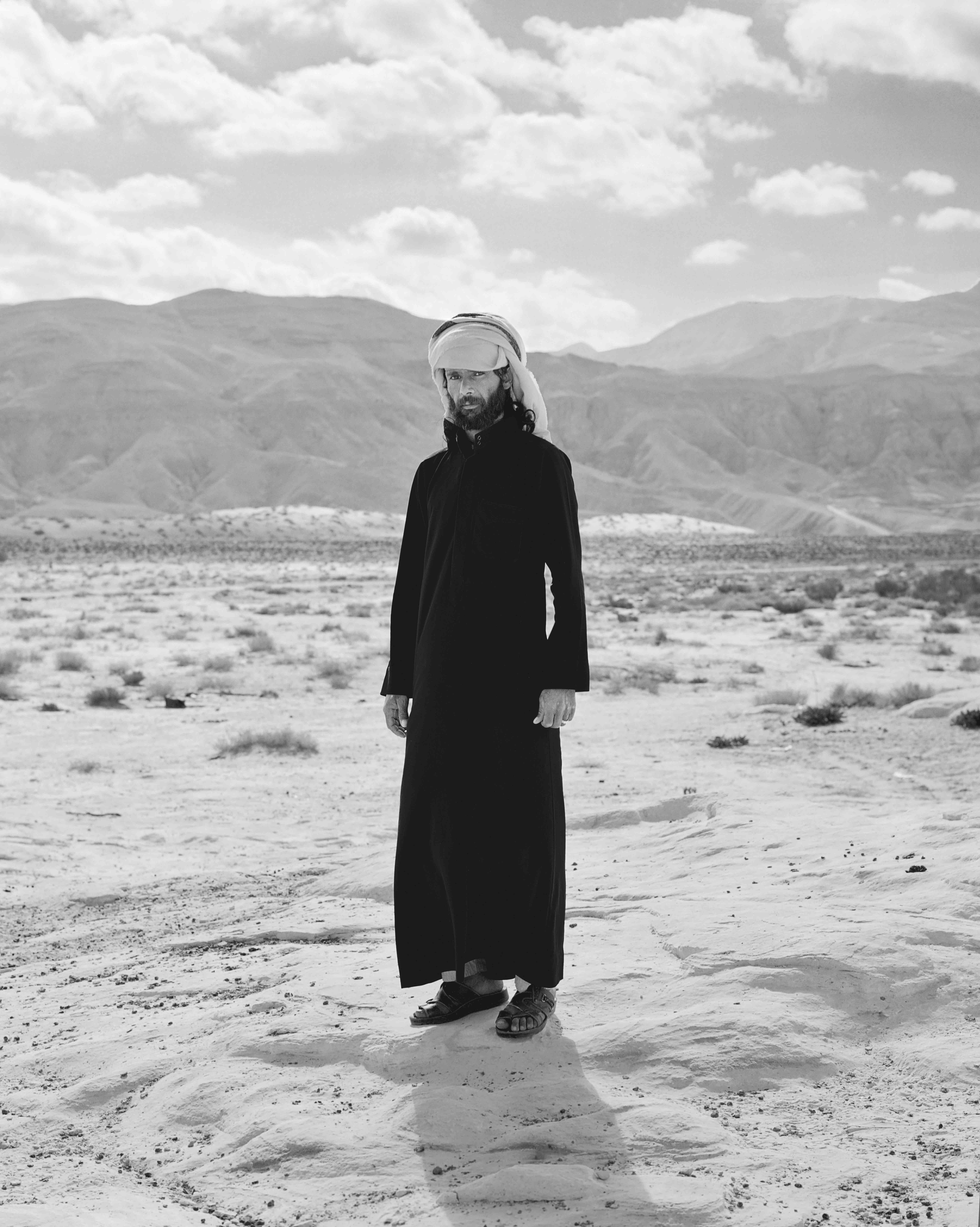
(As told by Cat Hyland to Colin Pantall)
I remember the first time I went to Jordan, I arrived and was totally enamoured by the sound of the prayers reverberating around the city. It felt intense in a romantic way. That’s what you feel when you go into Petra for the first time. It’s all-encompassing, it’s emotional, it’s these vast landscapes and these monuments where so much manual labour has gone into carving out these rock caves and temples. It feels like something much bigger than you has been happening there for a long time. You feel unimportant in the grand scheme of things.
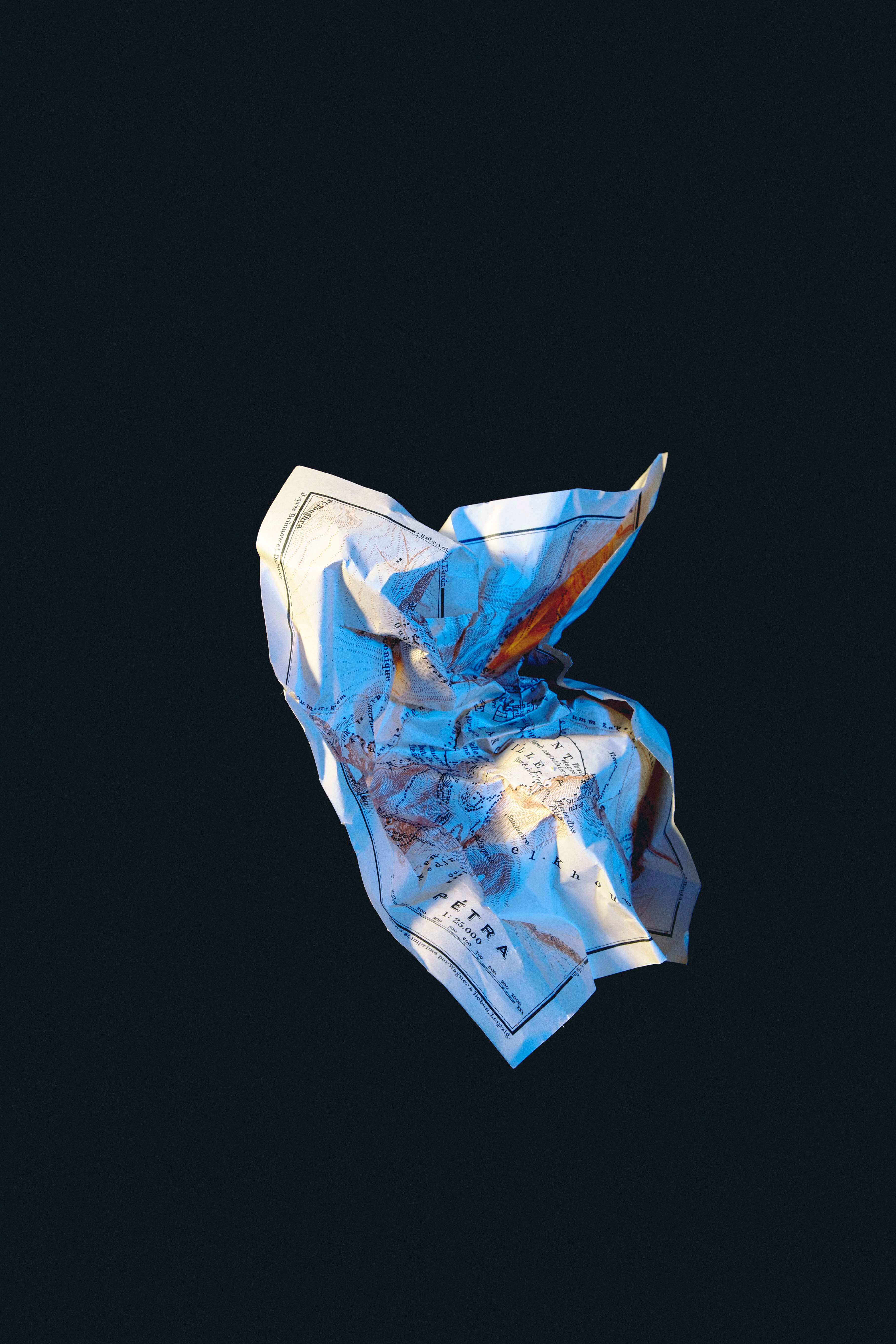
Those memories returned as we drove into Petra for my second visit. We arrived in the evening and drove to the Bedouin campsite. And then came a gradual slowing down. The pace of life here is not fast. You make coffee and it takes two and a half hours, the heartbeat steadies, the blood flows a little slower, you mellow into the desert way of being.
Petra
There are multiple histories here. There’s the distant past; it’s the place where Aaron, the brother of Moses, is buried, it’s the place where Petra was a marvel of rock architecture with the treasury and the library taking pride of place, all made possible in this arid landscape thanks to a water storage system where every drop of water was stored in a complex system of underground reservoirs.
Then there’s the more recent history of the Bedouin. Till 1985, they lived in caves near the monuments. Then in 1985, they moved them all out of Petra and they went to live in the town of Wadi Musa. Haboob, our guide would tell us about the transition from cave-dwelling to living in concrete houses.
He said that all the old ladies who used to live in the caves moved to the houses and saw the water coming out of the tap thought it was magic. But still they miss the caves. They were naturally cooled and had a sense of history that their new homes will never have.
They did a deal though. The deal was the Bedouin are the only ones who are allowed to run the tourist trade in Petra which is great. That’s where the money is and for me, that’s the other attraction in Petra. I’m fascinated by tourism and how it changes a place.
Seeing this interaction between tourists and locals, this taming of the landscape, I realize I’ve been here before in spirit. In my Universal Experience project, I visited Chinese landscapes which had been transformed into fenced-off Instagram events, places where there are roads that lead back to civilization. In Petra, there’s that same feeling but with a tourist trade that makes an even bigger stamp on a place’s identity.
Petra is very much about commerce and a weird mishmash of different nationalities coming together in this small section around the Treasury, all moving in different ways; the Americans photographing everything, the Chinese moving in groups, the northern Europeans conquered by the sun. Haboob told me how the different nationalities are seen in Petra; the English have sweet tongues but are tight with their pockets. The Americans are generally seen as frustrating but they’re the ones with the most money. And then obviously they’d have a lot of beef with Israeli tourists coming round.
The Walk
We left Petra the next morning, and within minutes the town, the history, the people, the theatrics had gone. We’d only walked about 400 metres, and suddenly there’s nobody there. It’s like stepping into a void, going through a wormhole to this land that nobody ever visits. We start walking along these sparse rock faces and we found ourselves in the bottom of the valley. It’s arid, it’s flat and it’s hot and very quickly you begin to feel its energy, the power of the earth undimmed by the distracting clamour of human energy. We’re walking into desolate empty spaces, we’re walking into the wilderness, the pace has slowed even more and there isn’t a soul in sight.
We walk 18 miles that day. My feet are sore from walking, my arms exhausted from photographing landscapes. It’s the end of the day and out here the end of the day is a beautiful time. I look up and see stars and I’m out in the elements under a biblical sky. The Bedouin people make a campfire with pillow mats and light the campfire. We eat the traditional meat and rice dishes they cook, and we sit and drink a whisky or a gin with the Bedouin. This is not the kind of walk where you go into a tent and hide away at the end of the day.
In this world, in this land, to be with people means you survive, so why would you want to be alone. That’s the way the thinking goes. So I sit by the fire, I talk, and I eat, I drink, and I listen. The Bedouin are entertaining, open and interested in different cultures. Lots of Bedouin have married people from outside their culture and they’ve had these very strange lives where they’ve lived in caves, worked in tourism, and because the Bedouin men are very attractive, they’ve married several times. Beneath the brilliance of the desert stars, Haboob tells us about the celebrities he has shown around Petra; George Clooney was very handsome and Will Smith, he was the nicest of all, Haboob says.
This is a big part of the attraction of the trail, talking and hanging out with the Bedouin. They have a way of thinking that’s sometimes very traditional but they’re so charming, welcoming and full of humour that you start to see the vanities and absurdities of your own life. And so you slow more and slip a little bit into their way of being, a way that’s at one with the landscape. The desert becomes part of you. You feel its textures, hear its sounds, feel its shifts and slides, it quietly engulfs you. I’m a proper city girl but I started wondering why I wasn’t concentrating more on the simpler things in life, why I didn’t look after myself more, why I was so unfit, why I drank so much.
Next Day
Even after one night, it feels we’re a long way from civilization. And in some ways we are. This is not a populated land. Between us and the end point of the trek, near the Red Sea town of Aqaba, there are no cities, towns or settlements. At night the only lights we see are those from the camp fire or in the small tents we sleep in overnight.
We feel quite separate, the world feels like it’s a long way away. Because the trail has been so recently opened, there aren’t paths to follow. We’re walking along cliff edges with the Bedouin to guide you on what they describe as the walk of Lawrence of Arabia.
Suddenly I find myself surrounded by a landscape that I’d never seen before. It feels like an alien landscape, a series of canyons that go on for ever. This is the sublime landscape, invigorating but terrifying at the same time. Here the scale of the landscape, the looseness of the rocks, the lack of a trail, and the sense of space as it goes off into infinity remind me of my mortality, my insignificance in the face of everything.
And then we stop and the guys make tea, and there’s a comfort in this wilderness, a feeling they’re sharing a very intimate and special experience with you, this experience of the desert, a desert that we’re part of but can never dominate.
We drink tea and walk some more. It goes on and on and you keep on expecting it to end and it doesn’t. Then suddenly you find yourself walking into sand dunes, the land has changed, the colours have changed. There are pinks and yellows, tones that are both warm and cool at the same time. And then suddenly there’s a scrap of vegetation, a branch, a tree, a tuft of grass and you realize there is a fragility of life here and you’re part of it.
This is one of the first times the trek has been done and it feels as though people haven’t been there before you. It’s not an experience that’s easy to find now. It’s an experience where the attempt to find freedom, to be an adventurer or an explorer for those two weeks of the year goes beyond the trivial.
And we walk some more. The scenery doesn’t change as the walk becomes a meditation on myself, an evaporation of many things I think I hold dear. Then we emerge onto this very flat plateau where it feels like we’re in the middle of nowhere. Petra feels like it was a long, long time ago. I feel like I have gone feral.
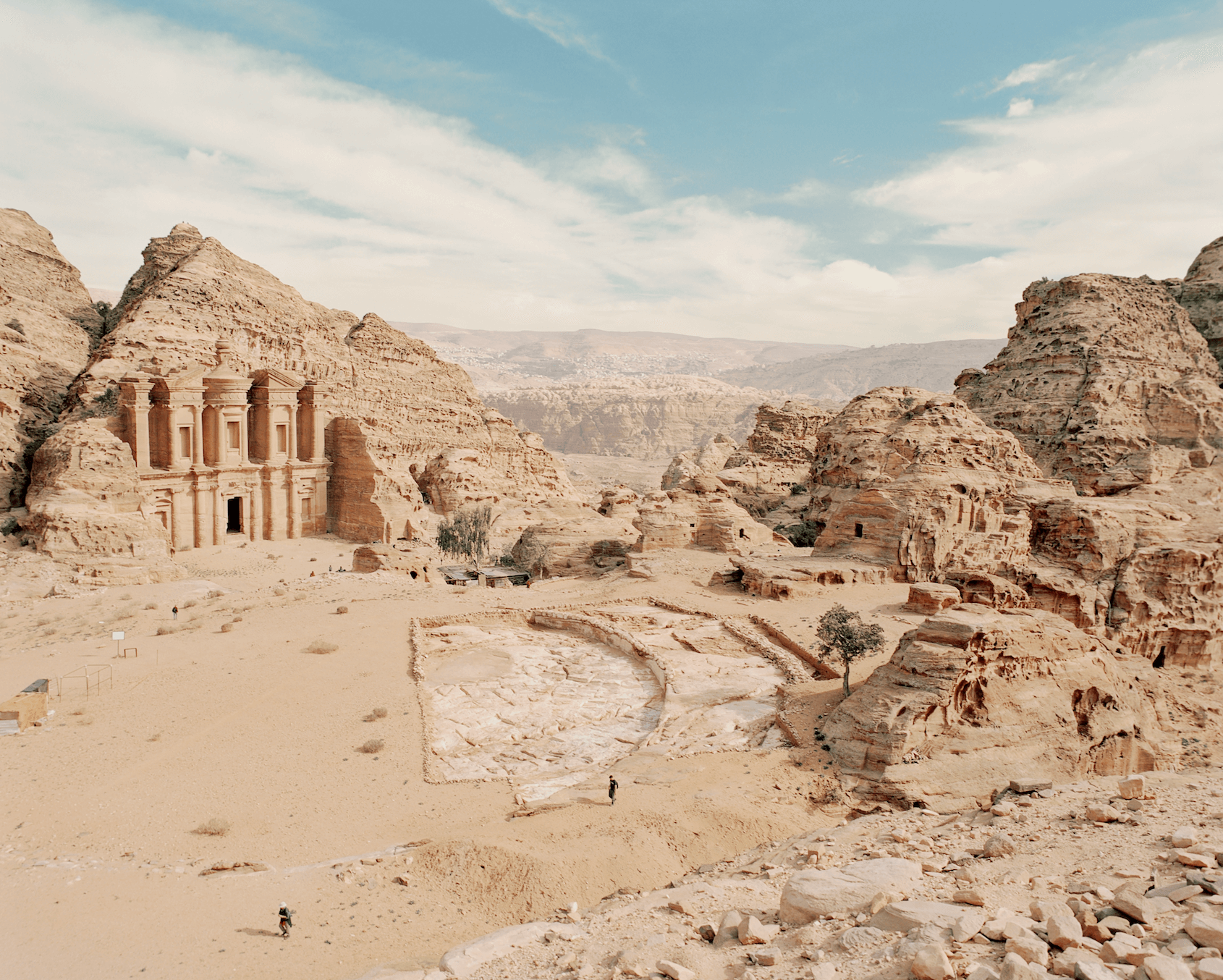
Wadi Rum
We’re coming to the end of the trip and there’s a decompression, a disappointment that all this is going to end, that my new feral self is going to return to its life of London urban comforts. We arrive at Wadi Rum and it’s supposed to be a really spectactular day in this valley of panoramic vistas and statuesque mountains, but for once it’s an overcast day, it’s stormy.
We’d tried to camp the night before but it’d been raining so much we stayed in a hotel, in a very nice hotel out in the middle of nowhere. Compared to the tent, it felt very luxurious. It was like a little fort. We ended up driving around Wadi Rum in the end, taking in the expanses, the pools of light coming through the clouds, sunbeams that were almost biblical in the precision with which they picked out the cliffs and rock formations of the valley.
It’s the end of the day, the end of the trip and the landscape is reminding me of Bolivia, you go to the end of Wadi Rum and through these landscapes that look like the flatlands of Bolivia.
Walking on the Jordan Trail was like climbing over the fence of the universal tourist experience and entering the wilderness. Coming off the Trail feels like returning to a world you’d forgotten and would rather leave behind. We walk through this old army village and suddenly there’s a lot of security in this area. There are camels, there’s human presence and it feels like you’re going back to reality, back to the human world. I’m looking forward to a hot bath, a few gin and tonics, a soft bed. I’m going back to being the city girl. But at the same time there’s a feeling inside me that won’t quite go away, it’s a feral feeling, the call of the wild, the sight of the stars, the flash of the sun. And I wonder if I’m such a city girl after all.
